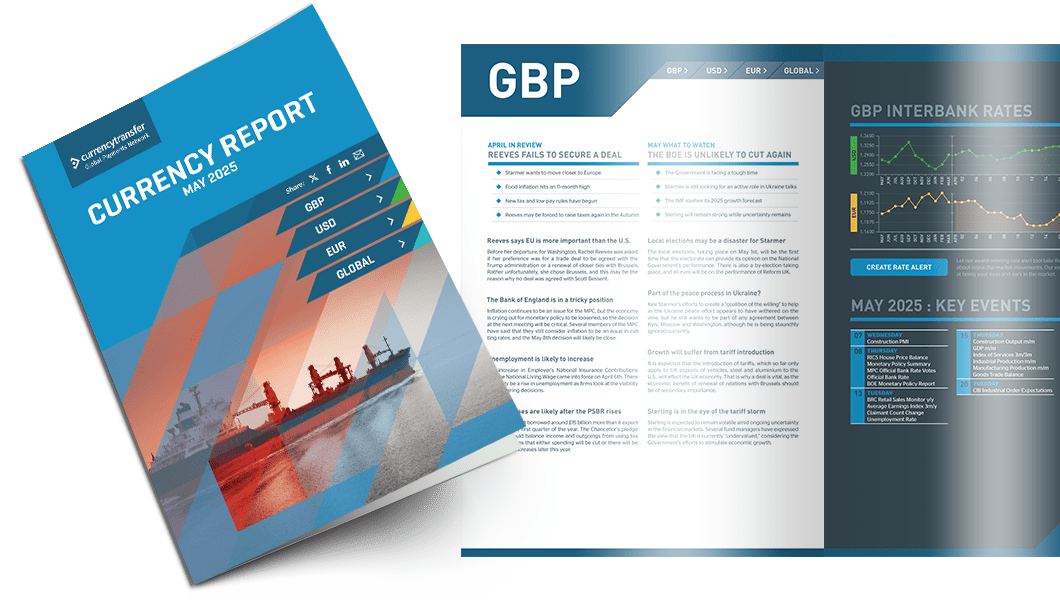
Highlights
- Another week, another predicted high for interest rates
- FOMC reinforces rate hike expectations
- Producer prices turn negative
Neutral rate is unclear, but must be close
It is expected that the base rate will rise to 6% by the end of the year, and depending upon the path of inflation in the New Year, they are able to envisage a scenario where rates now touch 7%.
The rise in interest rates throughout the first and second quarters has not had the effect of dampening demand as they come closer to restrictive territory.
The “neutral rate” has become something of a “moveable feast” with no one at the Bank prepared to commit. With the highest headline rate of inflation in the G7, the possibility of a further fifty basis points being added and either the next MPC meeting or the one following the likelihood of there being a hard landing where the economy falls into a recession has increased.
Neither Jeremy Hunt nor Andrew Bailey appears to be particularly perturbed by the prospect of a mild recession, although both have been at pains to say that it is not their goal to see the economy contract as a method of containing rising prices.
The fear is that the UK may be headed for a period of stagflation, as the economy slips into a technical recession and the MPC feels forced to hike rates as inflation remains well above target.
On a brighter note, data for economic output in June showed that the services sector reported a sustained upturn, with job creation at a nine-month-high.
Many analysts see employment as something of a double-edged sword where on the one hand, the relative strength of the jobs market sees the economy avoid a serious downturn, while on the other, it adds to inflationary pressures.
There is still a degree of criticism over the Bank’s seemingly stubborn response to the initial rise in prices that took place in the Autumn of 2021. The MPC is on record as believing, wrongly, that this was a temporary phenomenon that would “even itself out” as the support that was provided during the Pandemic “washed through the system”.
Market sources believe that the support that the pound has been receiving from constantly tighter monetary policy cannot continue too much longer, and the reality of a slowing economy will both force a change in policy and see the support for Sterling drain away.
Yesterday, the pound continued to “bump against” the top of its recent range, reaching a high of 1.2735, but its inability to break the resistance that formed at 1.2740 saw it fall back to close at 1.2704.

Read our latest currency report
Most impactful events planned this month and how they could impact your business
The vote to pause was not unanimous
While the decision to pause was not unanimous, there were a few members who voted for a twenty-five-point hike. There were no feelings expressed that this would be anything other than a single meeting “skip”, and that the tightening would resume this month.
It was agreed that the committee sees further hikes ahead, as has been confirmed by Jerome Powell recently, but the coming hikes are likely to be at a slowing pace.
Federal Reserve Bank of New York President, and Fed Vice Chairman John Williams spoke yesterday of his agreement with the decision to pause in June but believes that amid ongoing economic strength, further hikes are inevitable.
“Supply and demand are still unbalanced, and while that situation remains, rates will need to be raised.” He declined to say whether he believes a hike will be necessary in July as he hid behind the cliché of data dependency.
One dissenting voice came from Raphael Bostic, the President of the Atlanta Fed, who commented that the fall in headline inflation will allow the Fed to leave rates unchanged for the foreseeable future.
Following the release of the FOMC minutes, the market’s attention will switch to the imminent release of the June employment report. There was little sign at the start of the year that the headline new jobs created number would be as strong as it has been for the whole first half.
Analysts predict that between 200k and 225k new jobs will have been created last month. That will be something of a neutral number and is unlikely to do anything other than confirm the belief that the FOMC will resume twenty-five basis point hikes at its next meeting.
The dollar index rose to a high of 102.39 yesterday and closed at 103.26. There is a mild amount of resistance around the 103.40/50 level, but this shouldn’t provide a barrier to the dollar’s progress if the data that is published today and tomorrow points to further economic strength.
A global decoupling is about to take place
This view runs contrary to the view held by the more hawkish members of the Governing Council as well as the opinion of ECB President Christine Lagarde.
Ignazio Visco believes that calling a halt now would provide relief to both his own country and some of its “brethren” within the Eurozone.
He went on to express his belief that pausing rate hikes but committing to holding rates at their current level would have the effect of bringing down inflation without subjecting countries to further misery.
Visco, who leaves his role at the end of October, said that he doesn’t understand the ECB’s current course of action, and he continues to disagree with further hikes.
Visco’s comments, when combined with those of the Portuguese and Spanish Central Banks, raise the old view that “one size doesn’t fit all when applied to twenty diverse economies.
When the monetary union began, it was believed that low rates and low inflation would see the less disciplined economies of Southern Europe “come into line with their Northern neighbours”, and as inflation remained low, it was working.
But successive events culminating in the Pandemic have shown excessive public spending, which could take place while rates were low, had grave consequences when rates began to rise, and financial discipline was briefly abandoned.
Now with its budget deficit and debt-to-GDP ratio well above the levels dictated by the growth and stability pact, Italy is close to being unable to service its public debt that has continued to balloon out of control.
The Italian Prime Minister spoke recently of her inability to sanction Italy’s ratification of the European Stability Mechanism that Brussels proposes to supply a safety net to banks. The ESM has become a toxic answer to the sovereign debt crisis, and there is no majority among Government MPs to support it.
The feeling in Brussels is that Rome is holding out as a protest against continued rate increases, which may well be true. However, the European Union is shackled to a considerable extent by its policy that such decisions be agreed upon unanimously.
The Euro has continued to weaken as the suffering of the economy more than outweighs the prospect of further rate hikes. The single currency fell to a low of 1.0850 yesterday and closed at 1.0854.
Have a great day!

Exchange rate movements:
05 Jul - 06 Jul 2023
Click on a currency pair to set up a rate alert
Alan Hill
Alan has been involved in the FX market for more than 25 years and brings a wealth of experience to his content. His knowledge has been gained while trading through some of the most volatile periods of recent history. His commentary relies on an understanding of past events and how they will affect future market performance.